Cry in the Dojo, Laugh on the Battlefield. BUT...
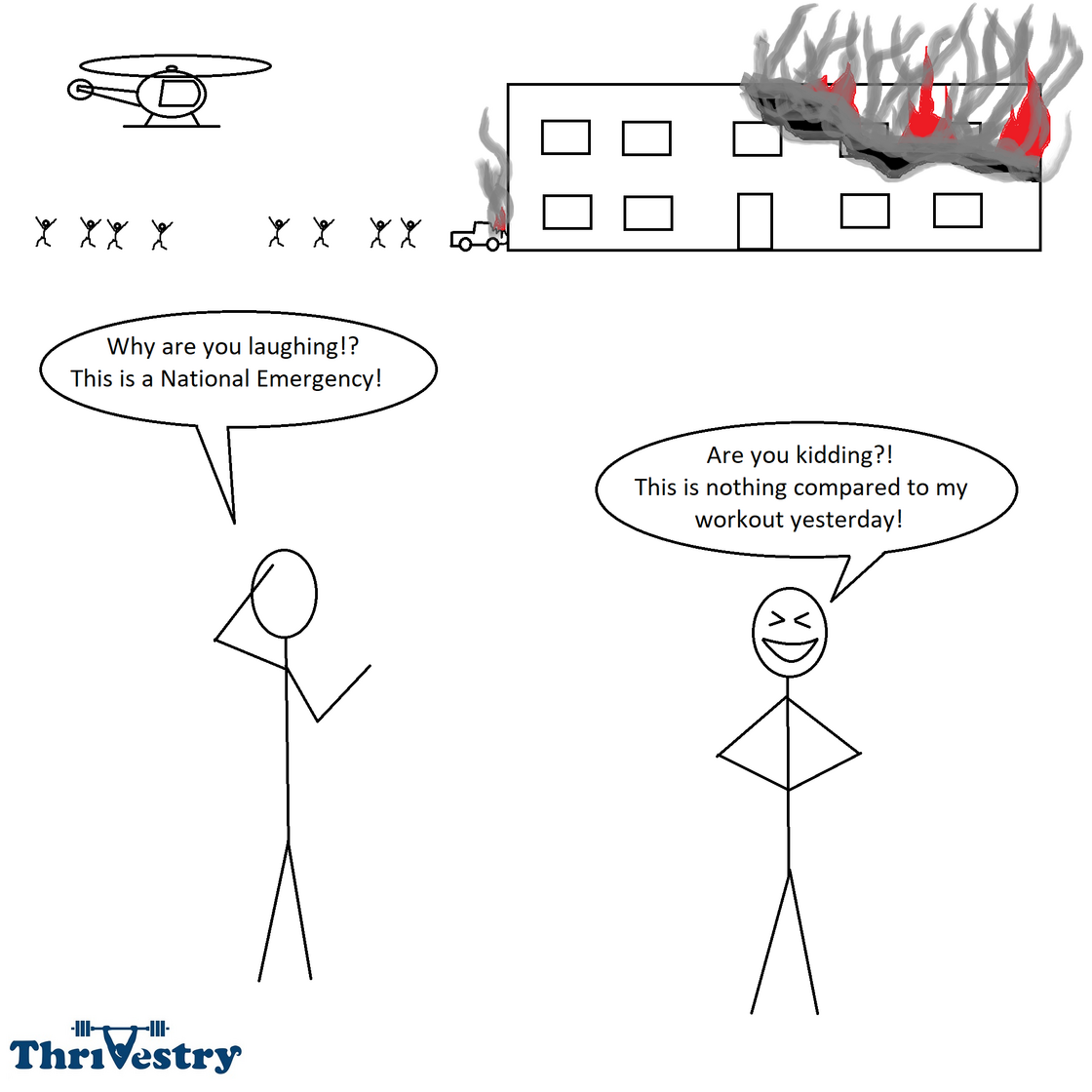
Or, as Adam Carolla once put it (while making fun of ‘hardcore’ Tae Kwon Do instructors):
“Sweat on the mat, or BLEED on the street.”
If you are like me, these phrases get you fired up to go and train.
Personally, I think it is because I like to be over-prepared. I usually carry a backpack with all sorts of potentially useful stuff (multitool, tape, extra batteries, notebooks, protein bars, etc.). I like to do a ton research before I enter a new experience. I always have the most stuff when camping. When I travel, you KNOW I am going to have 3 times the underwear than I’ll likely need.
This characteristic is probably one of the things that attracted me to CrossFit some 14+ years ago; the promise of being ‘ready for anything’. (Read about that here)
Intensity = Better?
In the early days before we knew better, we thought that INTENSITY was the key. We tried to push ourselves as hard as possible every day. As we became adapted to the earlier loads and volume, we started doing heavier and longer workouts to chase that ‘destroyed’ feeling we had from the first workouts we did.
The goal was to ‘cry in the dojo’ or ‘sweat on the mat’. We wanted to be ready for anything, more useful, and harder to kill.
(So you can challenge Death to a deadlift competition:)
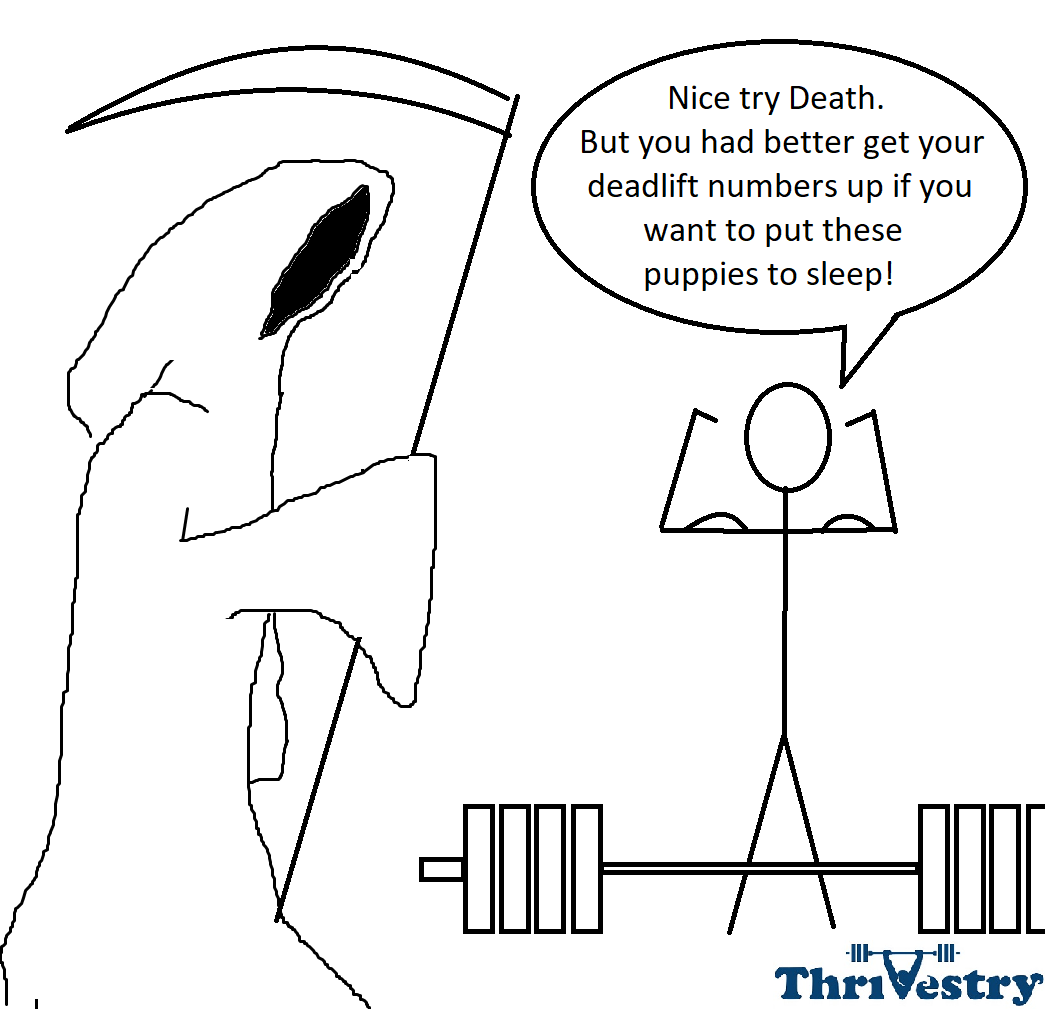
Over time, as the data started to roll in, we started to see trends. Who was making progress the fastest? Who was getting ‘tweaked’ or injured? Who was still making gains over the long haul?
Longer is Not Better
One of the first things we noticed was that longer wasn’t better. People just move slower and form quality goes way down. Injury rates go up. Fat loss stalls. So, if you want to have shitty form, move slow, and not lose fat… just do 35-45 minute metcons every day! This is not conjecture. We saw this happen to dozens of folks in our gyms.
Lift Regularly... with a Plan
The other thing we noticed was that doing lifting regularly, especially with some ‘routine’ or plan, was the best way to get people to progress by leaps and bounds. There was less injuries, more fat loss, more ‘carry over’ to everyday tasks, more long-term progress for people who have been training for 3+ years. Too much lifting and people did start to get a bit ‘beat up’ or not lean out as much, so we were able to settle in on roughly a 50/50 split between lifting days and metcon days. (Check out this article to learn the 'secret sauce' for planning lifting with metcons)
Strong Medicine
After those two big ‘ah ha’ moments that we figured out something that was just as powerful: CrossFit is STRONG medicine. And just like any other potent concoction, ‘the dosage makes it either a poison or a remedy.’
Some of the ‘dosage’ is controlled by training frequency. Come in too many days in a row, and you are sure to suffer some ‘overdose’ side effects.
Remember the Thrivestry prescription: Avoid training more than 4 days in a row, and avoid more than 2 days off in a row.
The other way we can control dosage is through the Context.
Intensity with Context
We first started experimenting with this in our ‘coaching tips’ each day. We would give people an idea of how to approach the workout so they knew when to ‘dial it back’ and when to ‘turn it up to 11’.
Later, I learned more about contextual programming after training with Kenny Kane at CrossFit LA (aka “Santa Monica School of Mastery”) and his ‘Mastery Method’. Through thousands of hours of experimentation and testing, they figured out that there are three primary modes of context: Practice, Competition, and Mental Toughness.
In the early days of CrossFit, we tried to ‘cry in the dojo’ every day we trained. 100% intensity every time. Every day was a Competition day or Mental Toughness day (even though we didn’t have names for them yet)… and eventually, we started to ‘cry’ outside of the gym because we were all getting hurt.
It was at this point I realized that when I was training in martial arts (Kenpo Jujitsu and MMA for roughly 20 years), we NEVER went 100% every day! If you go ‘all out, all the time’, you are guaranteed to get hurt. Most days or sessions, more than half of the time, was practice time. Days dedicated to learning new patterns or improving technique. Sure, we would still push ourselves and get a good workout, but the really ‘brutal’ days were spread out between many days of more deliberate practice.
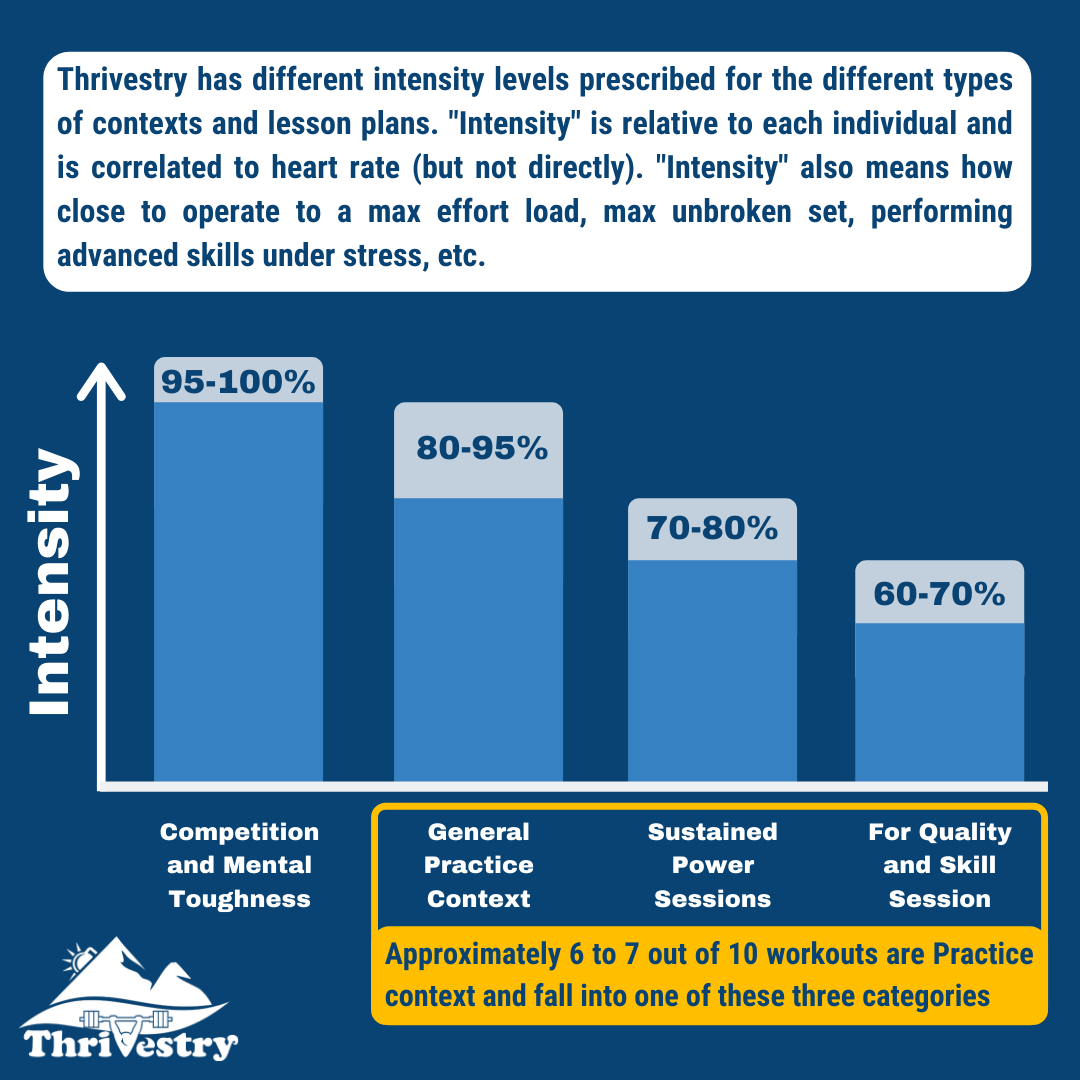
What does it mean to approach the training day as a Practice day?
The primary focus on Practice days is to work on improving movement quality and understanding. To get as many ‘quality’ repetitions in as possible. These are not the days to do a true max or challenge yourself with more advanced movement/load where you are likely to fail. These are not the days to tap into your reserves and completely destroy yourself.
This doesn’t mean that you’ll go slow, or that you won’t get a ‘tough’ workout! You’ll still be able to get the required level of intensity to drive adaptation. There will still be an opportunity to push hard (especially at the end of the workout).
The main differences between Practice context and Competition context:

If you want to learn more about the context (with a ton of video content, check out this article.
Do the quotes “Cry in the dojo” and “Sweat on the mat” still apply?
Yes. But in the context that we should take our training seriously. That we should consistently show up and put effort into every minute of our training (whether it is effort in improving form or effort in work output).
It does NOT mean that we should be trying to devastate our bodies each and every day.
Now get out there and train to be prepared for anything, to look good, feel good, be more useful, and of course… be harder to kill.
Thrive on.
-jj
Please share this if you found it useful or if you think it might help someone else.
Here are a few other things you may find interesting:
How Do I Talk to Clients Who Want 'Longer' Workouts (Metcons)?
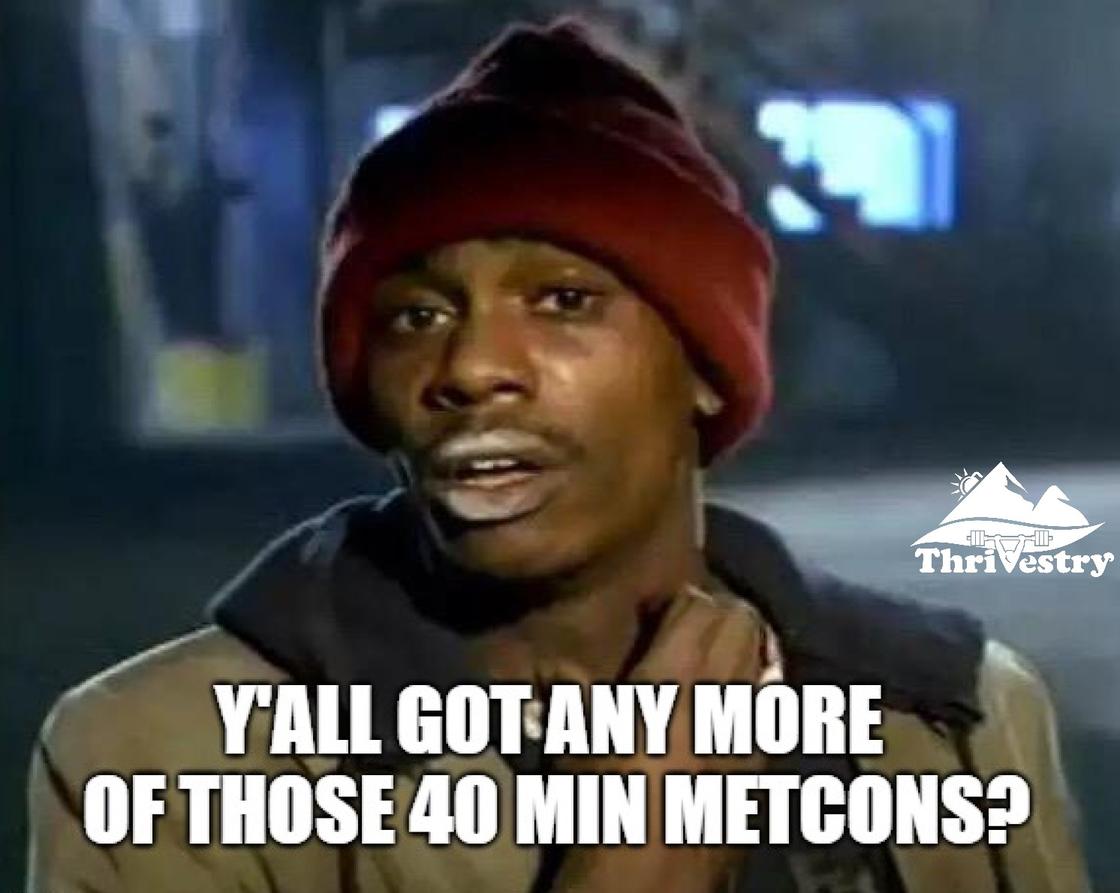
Coaches, ever wonder how to talk to people who are always asking for longer metcons? Check out our article with some tools and tricks to make sure these folks are still having an awesome experience.
Do You Have a Cravings Monster inside of You?
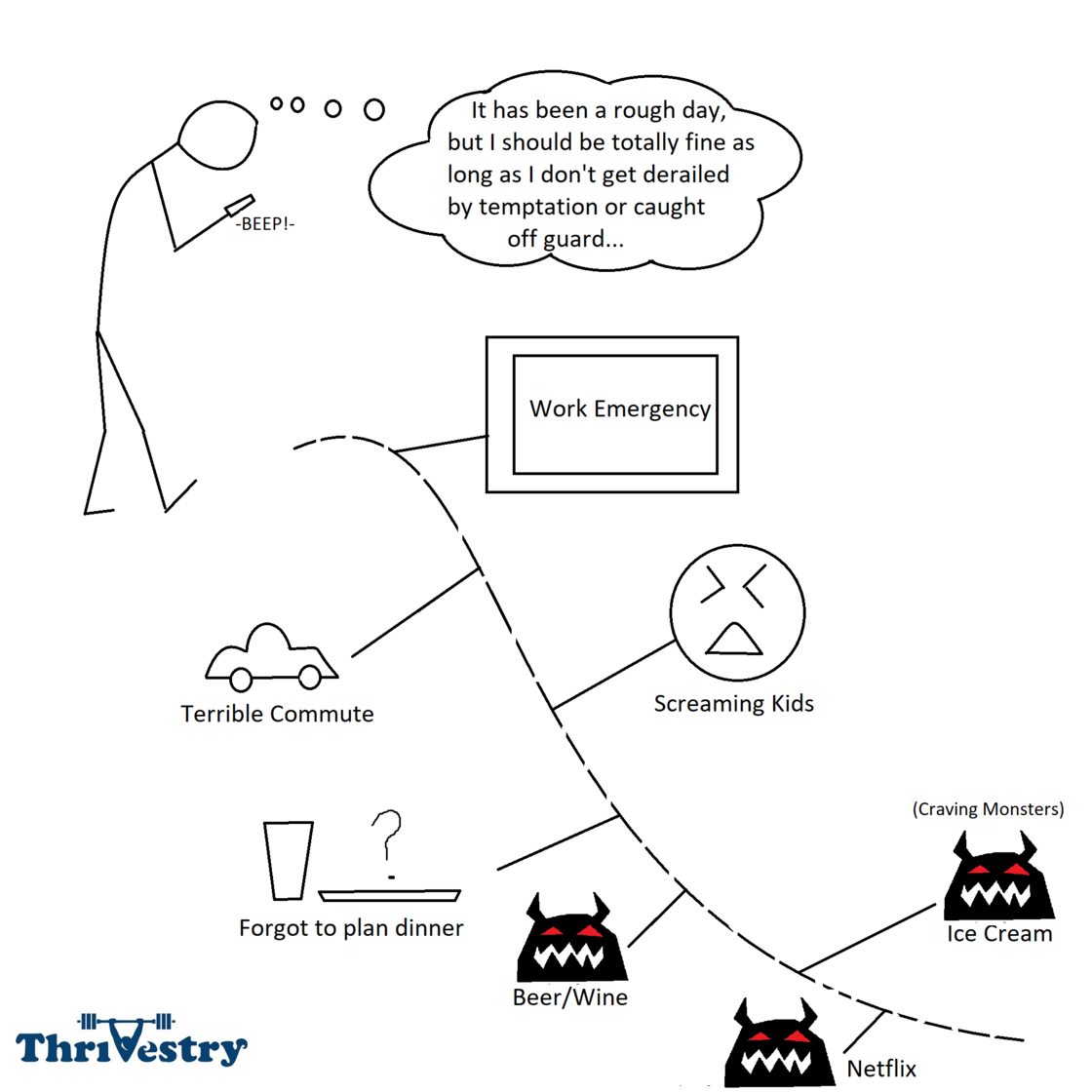
We were taught as kids that there aren’t monsters living under the bed or in our closets. What the grown-ups forgot to tell us was that there are Cravings Monsters living in our head! Hit the link to read about how to deal with these devious minions so you can eliminate some of the bad behaviors holding you back!
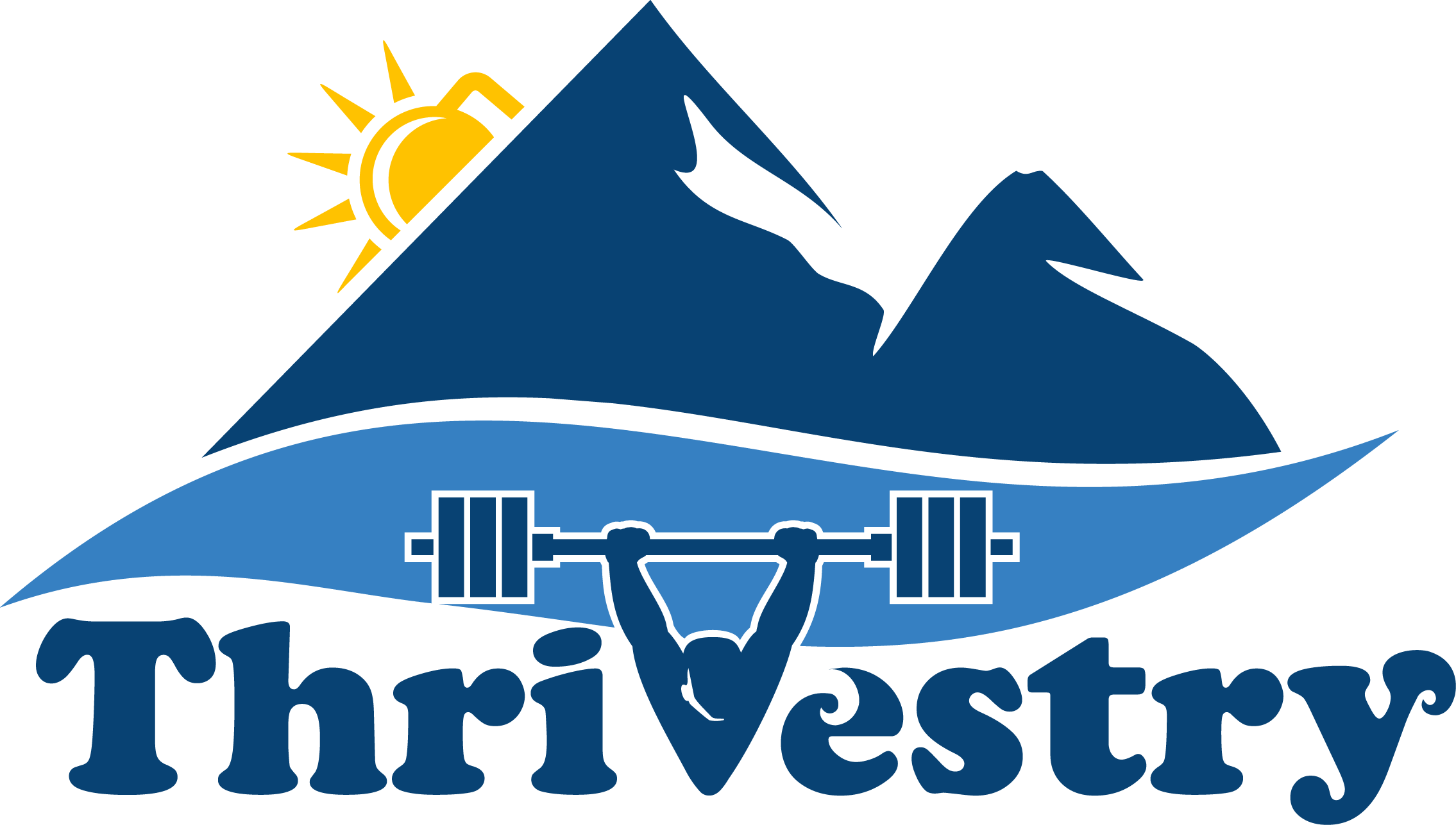
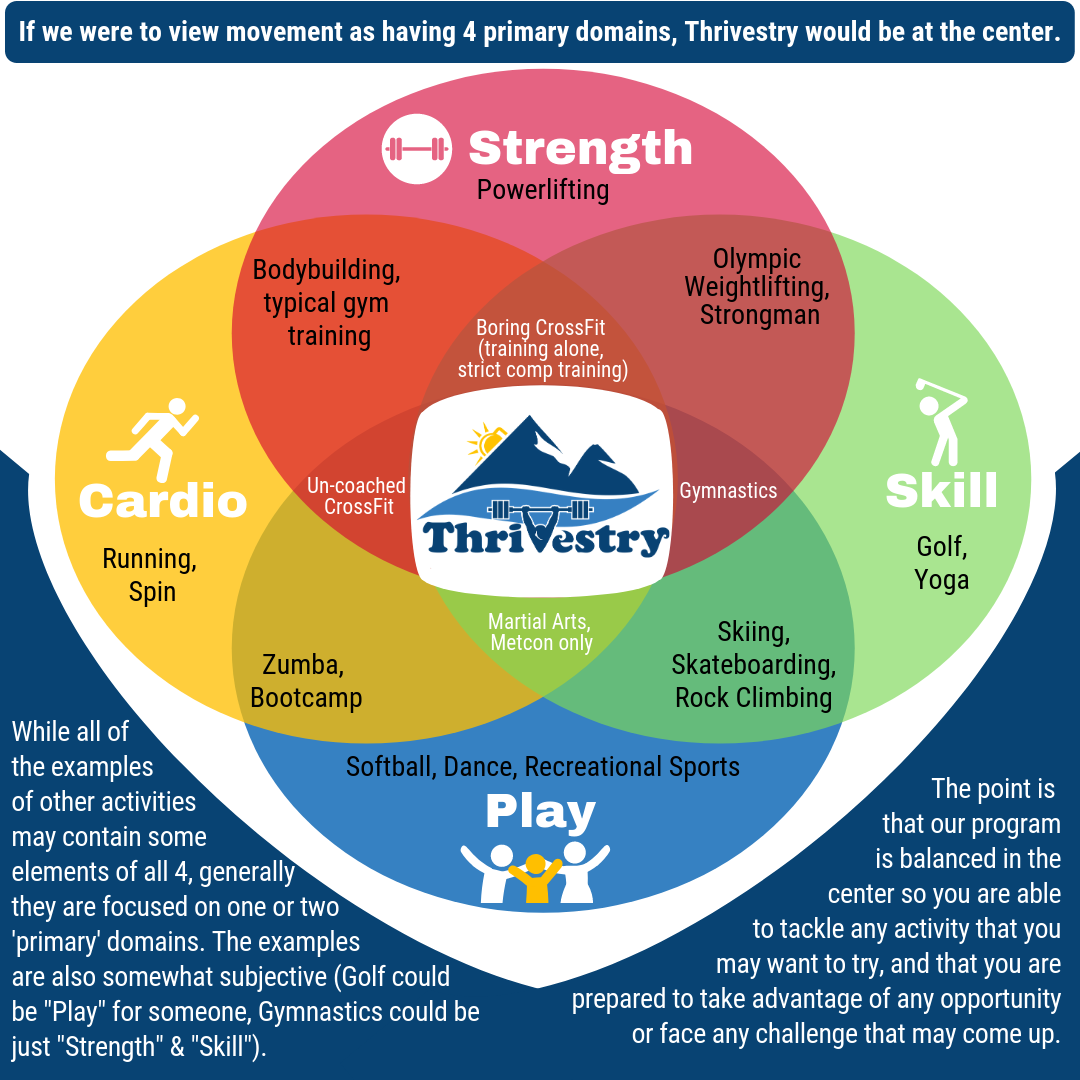
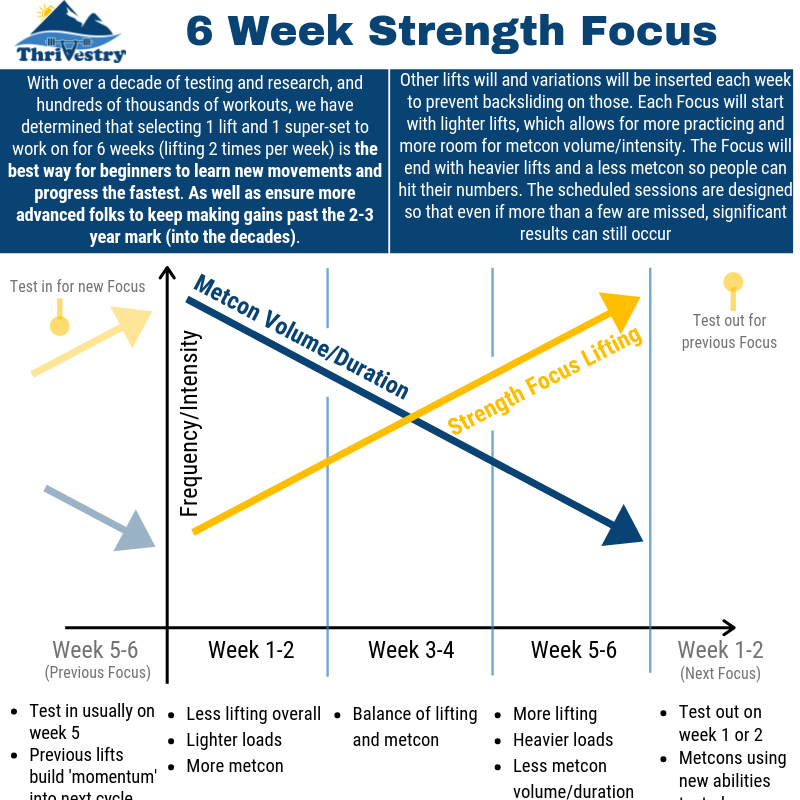
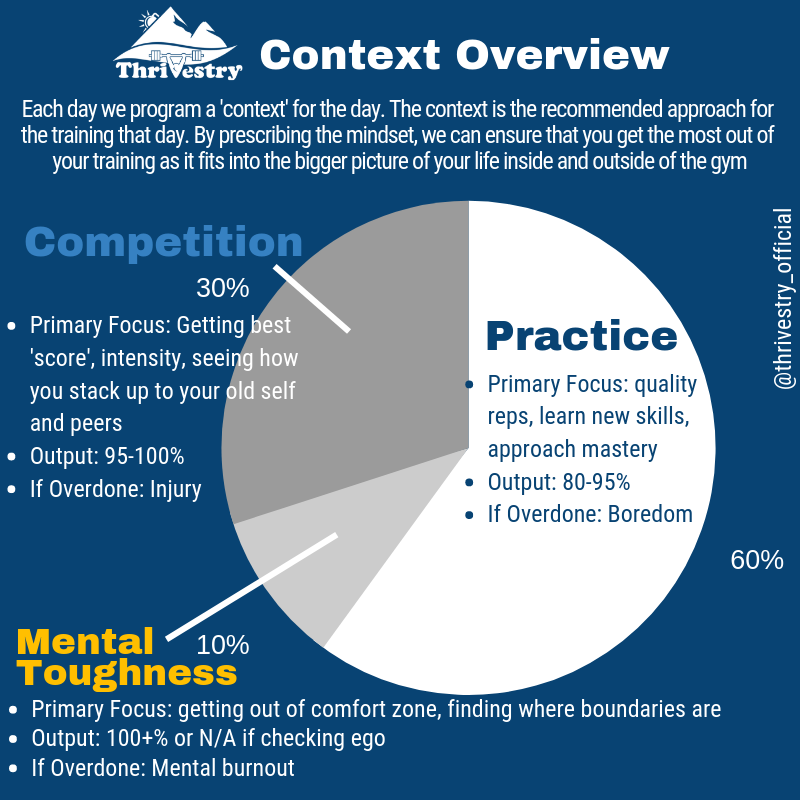
0 comments
Leave a comment